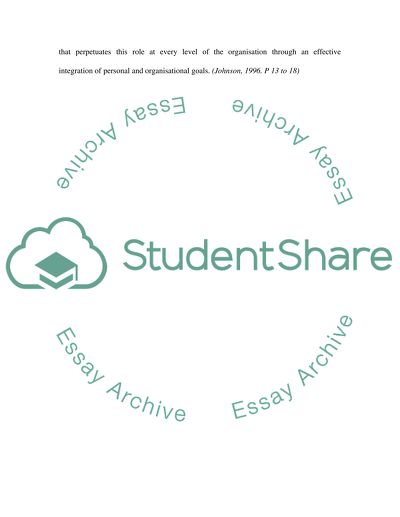Cite this document
(“Managing Diversity and Equality (human resources) Case Study”, n.d.)
Managing Diversity and Equality (human resources) Case Study. Retrieved from https://studentshare.org/miscellaneous/1518367-managing-diversity-and-equality-human-resources
Managing Diversity and Equality (human resources) Case Study. Retrieved from https://studentshare.org/miscellaneous/1518367-managing-diversity-and-equality-human-resources
(Managing Diversity and Equality (human Resources) Case Study)
Managing Diversity and Equality (human Resources) Case Study. https://studentshare.org/miscellaneous/1518367-managing-diversity-and-equality-human-resources.
Managing Diversity and Equality (human Resources) Case Study. https://studentshare.org/miscellaneous/1518367-managing-diversity-and-equality-human-resources.
“Managing Diversity and Equality (human Resources) Case Study”, n.d. https://studentshare.org/miscellaneous/1518367-managing-diversity-and-equality-human-resources.


